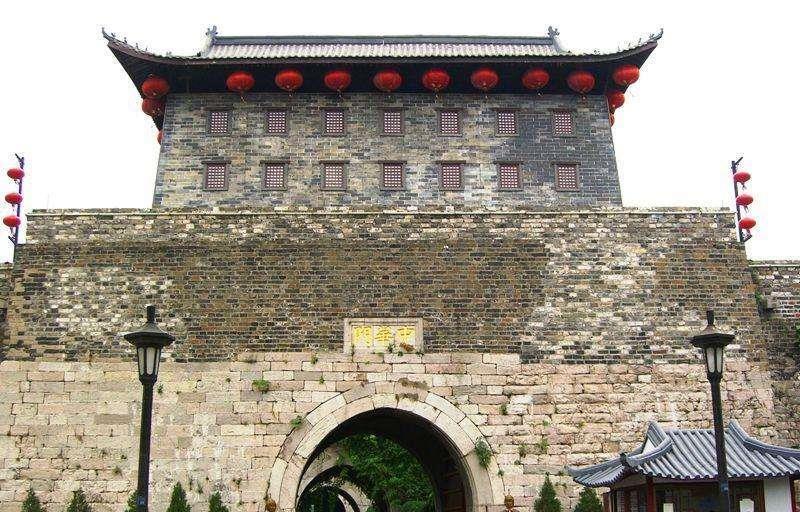During the Ming and Qing dynasties, there was a door in the imperial city of Beijing that could not be opened at will on weekdays, because it was a symbol of the gates of the two dynasties. This gate is now the "Zhonghua Gate".

After Ming Chengzu Zhu Di ascended the throne, he began to prepare for the relocation of the capital to Beijing. In the first year of Yongle, he issued an edict to rename Beiping to Beijing, and Beiping Province to Shuntianfu. In the fourth year of Yongle, the officials of Beijing were ordered to recruit millions of craftsmen and men to formally build the palace in Beijing, and the Zhonghua Gate was also built around this period. However, at that time, it was not called this name, but "Daming Gate". It is located on the central axis of Beijing, on the north side of Zhengyang gate. Because it is the south gate of the imperial city, in ancient times, the south was honored, so it enjoyed the status of the national gate.
At that time, the purpose of building daming gate was to separate the imperial city from the city, so its architectural style was very solemn and thick. Daming Gate is different from Zhengyang Gate and Tiananmen Gate, not a city tower, but a masonry structure with a single eaves on the top of the mountain. However, the Daming Gate has high regulations, similar to the regulations of the Ming Tombs Great Red Gate. The civil officials of the Ming Dynasty dismounted from the car in front of this gate, and the military attache dismounted, and inside the door was the royal passage. Except for the dragon car phoenix of the emperor, the empress, and the empress dowager, everyone else can only walk through.
The name of this gate changed with the change of dynasties. In 1644, after Li Zicheng entered Beijing, he renamed the gate "Da Shun Men" on the first day of April. Soon, Li Zicheng was defeated, and the plaque of Da Shun Men was not engraved. In the same year, the Qing army entered the customs, and it was renamed "Great Qing Gate" by the Shunzhi Emperor. The door plaque is made of stone, and the lapis lazuli is written and inlaid in stone.
During the Qing Dynasty, the Great Qing Gate had a very high status, and only the following two situations could be opened. First, when the emperor was married, only the empress's palanquin could enter the Forbidden City from the Great Qing Gate, and the palanquins of other concubines could only go through the back door of the Shenwu Gate. Second, when you meet the Emperor, Empress, Emperor, and Empress passing by, this door can be opened.
On the eve of the first anniversary of the "Xinhai Revolution", many people believed that changing the name of the Great Qing Gate should also be put on the agenda, and suggested that the name of the gate be changed to "Zhonghua Gate", and Sun Yat-sen approved this proposal. However, the plaque of the Daqing Gate is carved from stone weighing 15 kilograms, which is very strong, and the font is embedded in the stone, which is not easy to remove. If you find a new stone to make a plaque to hurt the people's money, the government has just been established, and it will leave a bad impression on the people.
Therefore, Sun Yat-sen decided to reuse the stone slab and re-engrave it on the back, which would reduce a lot of trouble. When the plaque was removed, Sun Yat-sen was dumbfounded. Unexpectedly, the Shunzhi Emperor had the same idea as himself, he turned over the stone slab of the Ming Dynasty Daming Gate, engraved the three words "Great Qing Gate", and made a "new" plaque.
Both sides of the stone slab were used, and in desperation, Sun Yat-sen had to order someone to re-make a wooden plaque, which was inscribed by Jing Zhaoyin Wang Yeqiu as "Zhonghua Gate" and hung under the eaves. The stone plaque of the Daqing Gate was handed over to the Social and Cultural Affairs Administration of the Ministry of Culture for preservation, and was later transferred to the Capital Museum for collection.